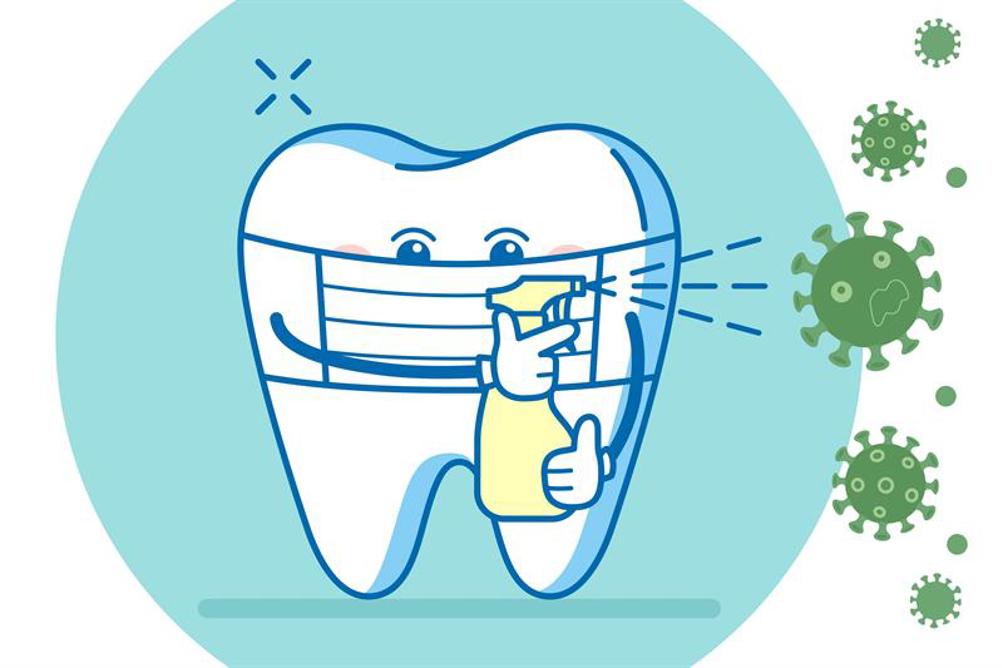
Aims & Objectives
This article meets GDC development outcome C.
Effective infection control is essential in a dental practice settings, ensuring the safety of patients and staff. Surface decontamination plays a significant role in infection control due to the various routes of transmission and types of pathogens present in the surgery environment.
Types of pathogens present in dental practices
A pathogen is defined as a microorganism that can cause disease. There are four types of pathogens present in a surgery environment, all of which can pose a serious threat to health if not controlled. These pathogens include:
Viruses
Viruses may include coronaviruses, influenza, norovirus, Hepatitis B, Hepatitis C, HIV, Herpes Simplex virus, Glandular fever, Measles, Mumps and Papilloma. In 2022, 0.5-1 per cent of the UK population was chronically infected with Hepatitis C. 80 per cent of Hepatitis C cases are symptomless, so it is likely that the individual would be unaware of their infected status. It’s also estimated that 28 per cent of the 0.13 per cent of the UK population infected with HIV are unaware of their infection.
Register now to continue reading
Thank you for visiting Dental Nursing and reading some of our resources. To read more, please register today. You’ll enjoy the following great benefits:
What's included
-
Up to 2 free articles per month
-
New content available
Already have an account? Sign in here
